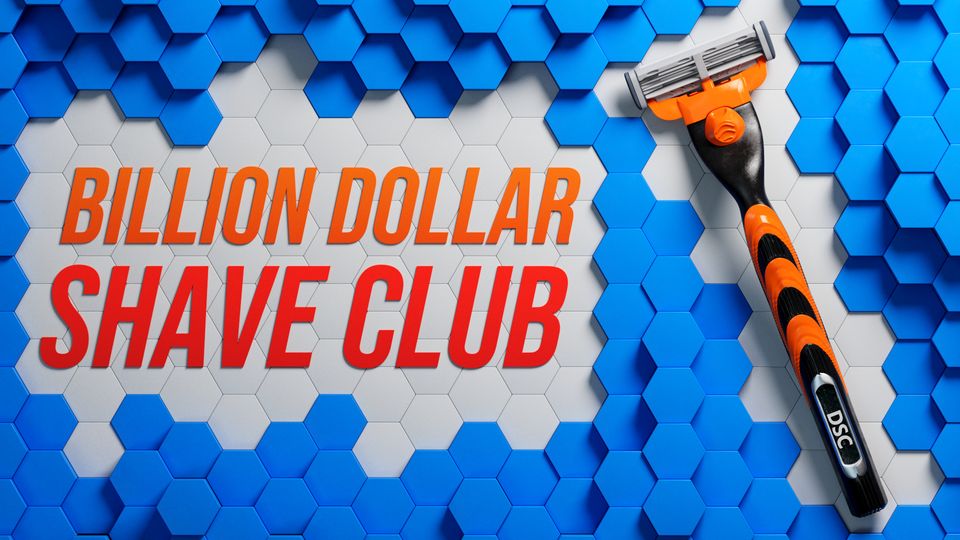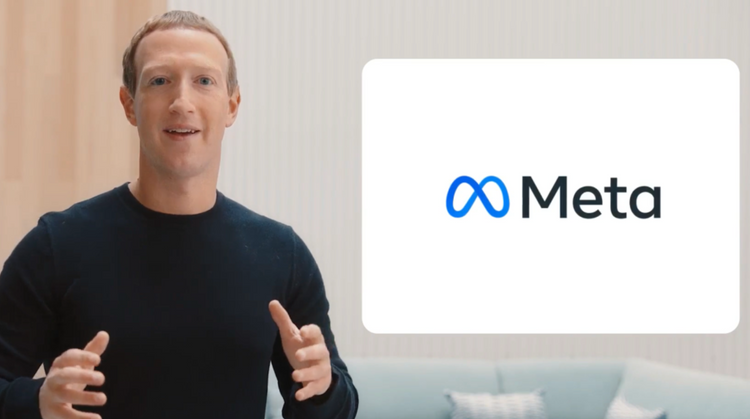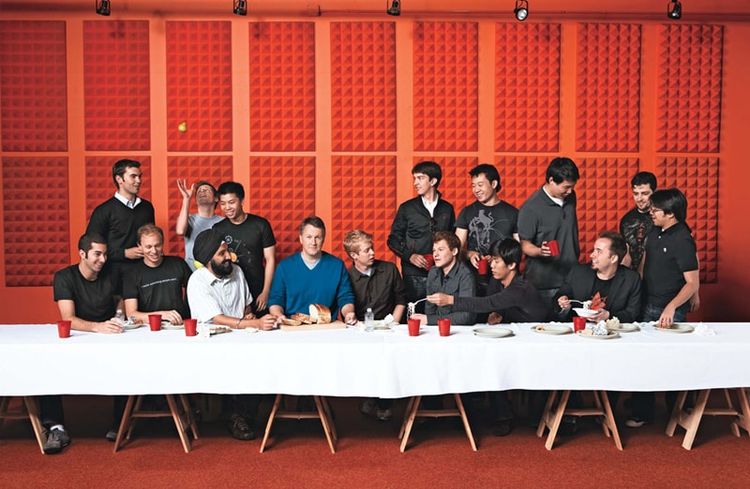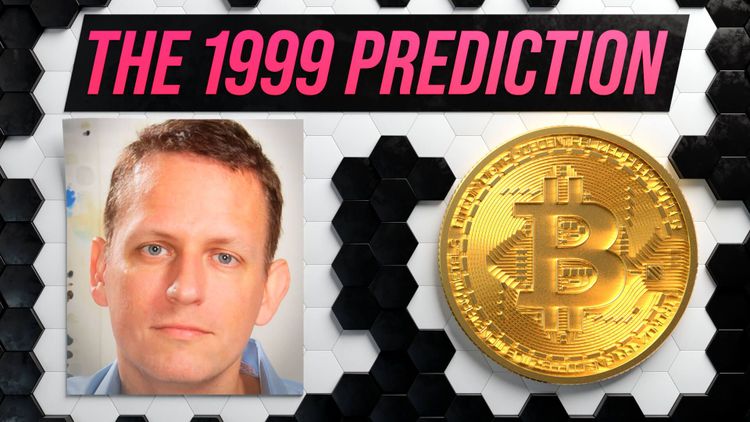How Michael Dubin Built the Dollar Shave Club Empire

Michael Dubin is unquestionably a great entrepreneur. He built Dollar Shave Club from nothing into a dominant player in the razor market and sold the company to Unilever for a billion dollars. But everyone seems to think he just got lucky and he tends to perpetuate this idea himself:
“Luck absolutely factors into it and any entrepreneur that tells you that they didn’t get a little lucky or a lot lucky in some ways is not being truthful probably with you.” - Michael Dubin
But I’ve watched Michael Dubin’s career closely over the past decade, and I don’t think luck had anything to do with his success. He planned and executed every step of Dollar Shave Club’s growth methodically and always played to his strengths.
Sure, he took a non-traditional path to entrepreneurship, spending years doing standup comedy and working at advertising agencies, but plenty of successful entrepreneurs come from unique backgrounds. And there are even other successful people in technology who studied improv, like Dick Costolo the former CEO of Twitter.
Entrepreneurship is all about playing to your strengths and nearly any skill can be repurposed to have an impact on your business, if used properly. Dubin himself admits that his improv background helped him as an entrepreneur:
“I think there’s a lot about studying improv that can help you in business absolutely. Just the ability to tease out of thin air the most important ideas and the most resonant ideas in any setting is something that you hone in improv and you don’t have a lot of time to do it.” - Michael Dubin
Okay, so leveraging whatever is unique about your background is clearly important, but that’s still very general advice. We need to dig deeper to understand exactly what Dubin did to make Dollar Shave Club so successful. Fortunately, the whole story, from idea to billion dollar sale, can be boiled down to 3 key strategies, so let’s dive in.
Whenever people discuss Dollar Shave Club, a lot of attention gets paid to the viral launch video that Dubin produced in 2012. The video got millions of views as soon as it went live and drove over 12,000 orders, which crashed their website. These are amazing results for any product launch, and naturally, the Dollar Shave Club launch video led many entrepreneurs to believe that they needed a flashy launch video in order to announce their business to the world. But unless you really dissect what’s going on in the video and how Dubin crafted the story around Dollar Shave Club, you’ll just be wasting your time.
It’s notoriously hard to make an advertisement go viral, big brands spend millions of dollars producing ads that they hope will break through the noise, but every year, most ads fall flat and only a few are remembered. But Dubin knew that his ad would get views because of his first key strategy: He’s a master of storytelling.
The idea behind Dollar Shave Club is extremely simple. It’s really just low cost razor blades, shipped to your door regularly, so you don’t forget to buy new ones. That’s it. But even if you have a really basic business model, you still need to tell a compelling story in order to get your customers' attention. Let’s breakdown Dollar Shave Club’s launch video to illustrate what I mean here.
Right off the bat, Dubin clearly understands how short attention spans are on the internet. He introduces himself, asks a question, and then answers that question in just 10 seconds.
“Hi I’m Mike, founder of DollarShaveClub.com. What is DollarShaveClub.com? Well, for a dollar a month, we send high quality razors right to your door”
This opening shot is great because it’s very dynamic, he’s wearing a collared shirt, but his tie is loose, signaling that he’s not like other stodgy corporate brands. There are also a ton of random toys in the background to add texture to the shot and make you think “maybe this guy is a crazy inventor” - you instantly want to know more.
And he rewards that curiosity immediately by restating that the blades are just a dollar and then asking another question:
“Are the blades any good? No… our blades are f***ing great”
Dubin really leans into his comedy background and makes sure that he’s injecting humor every few seconds. Even if one joke doesn’t quite land, the viewer wants to hear the next one, so they stick around.
The entire ad is a masterclass in great editing. Both the camera and the subject are always moving, which keeps the viewer engaged. And every scene has an interesting transition from one area to the next. You get a clear picture of the warehouse Dubin is walking through, even while he’s constantly moving around. One minute he’s breaking through paper to deliver the next line, the next minute he’s riding on a forklift. Then he’s up on a table, jumping down while delivering the next point. The movement is dynamic without being too frenetic, so it’s extremely hard to click away while you’re watching.
And each segment has a little easter egg in the shot that breaks up the parts where Dubin is just talking to the camera.
When he talks about how gentle the blades are, he shows a toddler holding one of the razors. When he talks about how simple blades worked fine for previous generations, he shows an old-timey framed photo.
And when he talks about how DollarShaveClub ships blades directly to you, he throws the package to someone in a bear costume, which is never explained at all. Except that maybe hairy bears need shaving?
When people talk about the success of this video, they often focus on how incredible it was that it was filmed in just one day, or that it only cost $5,000 dollars to make, but those facts can be a bit misleading. Dubin actually spent over a month working on the script for the video, and he collaborated with friends of his who had experience writing great comedy sketches to make sure it would land properly.
Storytelling is incredibly important when you’re launching a consumer brand, especially online. Since your product won’t be on store shelves immediately, customers won’t be able to pick up and inspect your product in the real world before they decide to buy. You need to walk them through the narrative of your business and make sure that message sticks in their mind. Dubin used humor to grab everyone’s attention all while delivering key points about why Dollar Shave Club was solving a real problem. Humor isn’t the only way to tell a powerful story though. When we launched Soylent, we told our story in the form of long-form blog posts that put a heavy emphasis on data. We wanted to create a new health-food, so providing potential customers with detailed information about our product and the results we were personally experiencing really helped win people over.
But even though a strong launch can set you up for success, that alone won’t get you to a billion dollar acquisition. After the hype around your launch dies down, you need to keep growing, and that’s where Dubin’s second key strategy comes in. He hacked the Facebook algorithm.
Nearly all direct to consumer ecommerce companies spend money on Facebook, but few actually make money from these ads reliably. This is because Facebook ads are run on an auction model and as soon as your rivals start competing for ad placements, the cost of each ad skyrockets. Lots of companies raise venture capital, only to squander millions of dollars on Facebook ads that don’t really move the needle. They might bring in new customers, but those customers don’t spend enough money to offset the cost of the ads.
If you’ve ever thought about running online ads, you’ve probably considered two main platforms: Facebook, and Google. Both companies have similar offerings: you can run a video or image of your product along with a simple text description, and then track how many people see your ad and click through to your website. Even though Facebook and Google can both be great sources of growth if used effectively, the two platforms are more different than you might think.
Fishing is a useful analogy here. As an entrepreneur, your job is to bring in as many customers to your business as possible. These customers are like fish, peacefully swimming along, completely unaware that your company even exists. You need to catch these fish and you have two resources at your disposal. The first is a big fishing net. You can drop this net in the middle of a stream and just sit there and wait. You’ll catch most of the fish that come through that stream, but if the stream is empty, you’re out of luck.
Google is that fishing net. Since most Google ads are placed on keyword searches, customers have to already be searching for the product you’re selling. If you’ve made something completely new, no one will be searching for it, and Google ads won’t really work for your business.
The alternative is a speargun. It’s more work, since you have to swim out into the ocean and target individual fish, but you aim for whatever type of fish you like, and there are always lots of fish in the ocean. Facebook is the speargun. The customer doesn’t have to be searching for a specific solution in order to be targeted by Facebook ads, you can hand pick a demographic that you think would be interested in what you’ve made, and show them your ad regardless of what they’re searching for at the time.
Dubin understood this and leveraged Facebook perfectly. Before Dollar Shave Club launched, no one was searching for “razor subscriptions” because no one knew they wanted that. They might have been searching for “best razors” but that would be highly competitive. Instead, Dubin focused on targeting men on Facebook and educating them on the benefits of a razor subscription.
But the story doesn’t end there. Advertisers like DollarShaveClub are successful on Facebook because they use a strategy called “sequential targeting.” Instead of hitting a potential customer with an ad asking them to purchase right away, they start by educating the customer with a longer, highly produced ad. You might have seen some of these yourself, since they tend to stick out in the feed. There’s one particular ad agency by the name of Harmon Brothers who’s responsible for over a billion ad views across the ads they have produced. These ads can cost hundreds of thousands of dollars to make, but that’s all okay, because they are designed to completely dominate the Facebook algorithm and go viral. Because viral ads like these are so watchable, Facebook pushes them into everyone’s feeds at a ridiculously low cost. They are genuinely entertaining and people like watching them, but they actually don’t convert to sales all that well.
The secret to these ads is that they are just meant to expose the maximum amount of people to the brand and set up future targeting. Facebook knows whether you watched 2 seconds of a video, or a full minute, and that data can be used to decide what ads to show you next. People who watched the full ad get flooded with follow up ads encouraging them to purchase much more directly, and these ads are the ones that actually make money.
Dubin’s understanding of this content strategy was at the heart of his early marketing push and a big reason why DollarShaveClub was able to scale so quickly, even after their first viral ad had stopped getting organic views. Success on Facebook requires building a highly specific audience for your product and the fastest way to do that is to broadcast your brand to millions of people and then see who paid attention. Instead of just swimming in the open ocean with your speargun, you’re effectively chumming the water with bait to attract the biggest fish.
So if you’re thinking about using Google or Facebook to promote your new product, it’s important to really think about which platform is right for you. Are people searching for this product already? Or do you need to educate them about it first? The answer can tell you a lot about where you should spend your marketing dollars.
Dubin is clearly an expert at marketing, and that makes sense, because he’d worked in marketing for years before starting DollarShaveClub, but he also really understands what makes a great product.
Product design is as much about what you don’t put in the product as what you do. Dubin saw that all the big razor companies had been racing to add more and more features to their products for years, and this wasn’t really improving the customer experience.
Many entrepreneurs would assume that the solution would be to add even more features, like internet connectivity and an app to track your shaving habits, but Dubin realized that simplicity was really all that mattered. It helped that he only had access to basic razor inventory, so his hands were somewhat tied, but he turned his basic product into something great with amazing storytelling and a simple promise of value to the customer.
As an entrepreneur, it can be easy to get caught up in trends and want to use all the latest technology to build your product, but Dubin focused on using technology only where it would actually help the customer, like the subscription e-commerce platform he built. Getting razors delivered on a schedule solved a problem for customers that the big razor companies had never considered, and that set DollarShaveClub apart. Ultimately, customers didn’t need fancier razors, they just needed to replace their existing razors more frequently, and DollarShaveClub made that dead simple to do.
So remember, play to your strengths, tell a great story, and focus on what’s actually important to your customer and your startup will grow.
If you want to chat about startups, you can always DM me on Twitter!
This post is available as a YouTube video as well:




